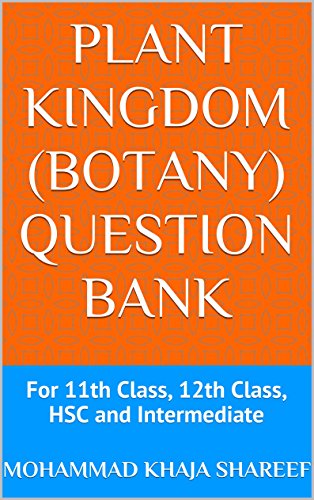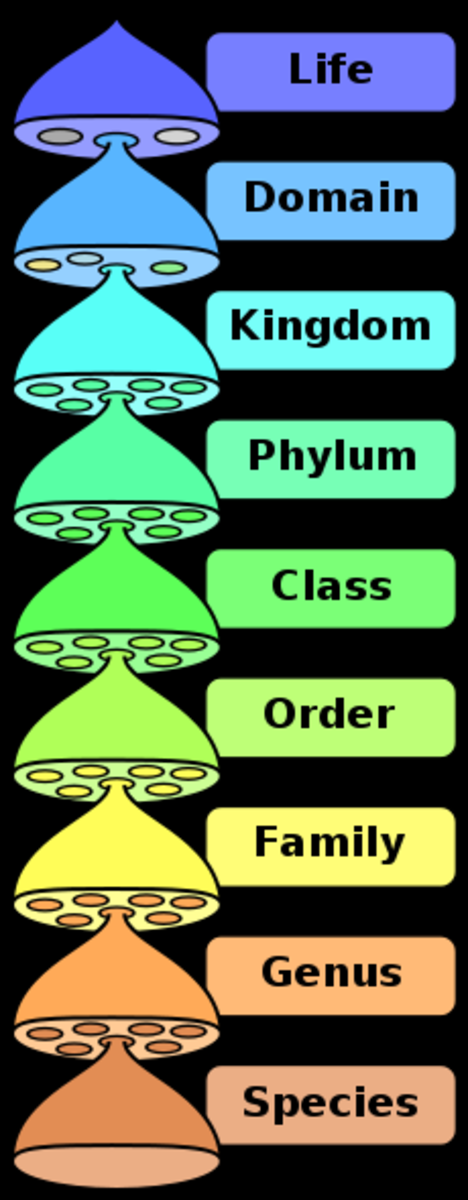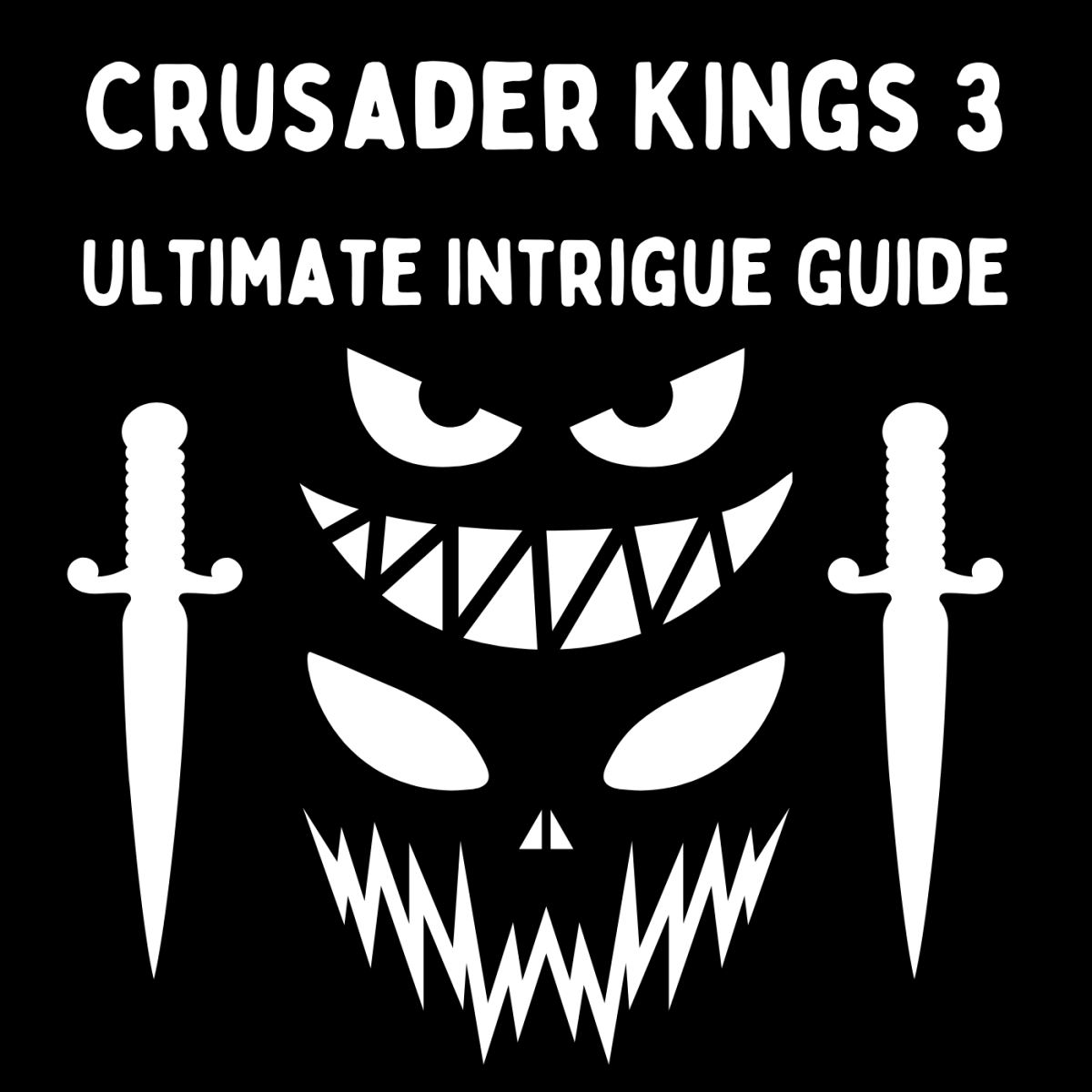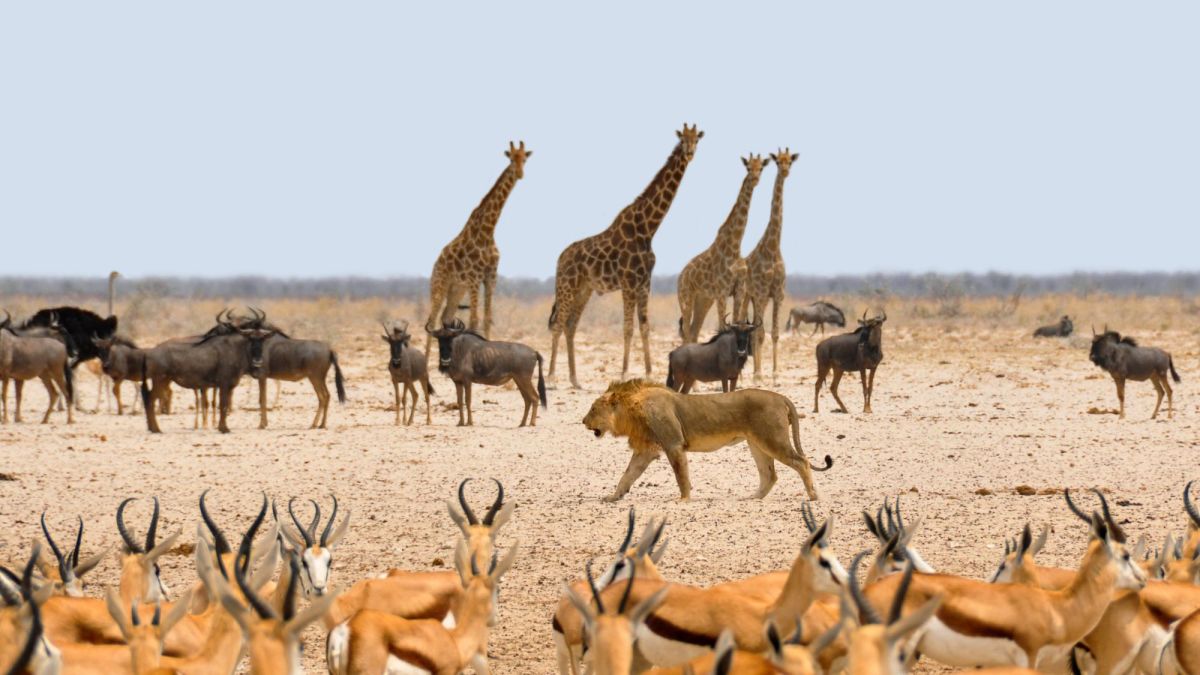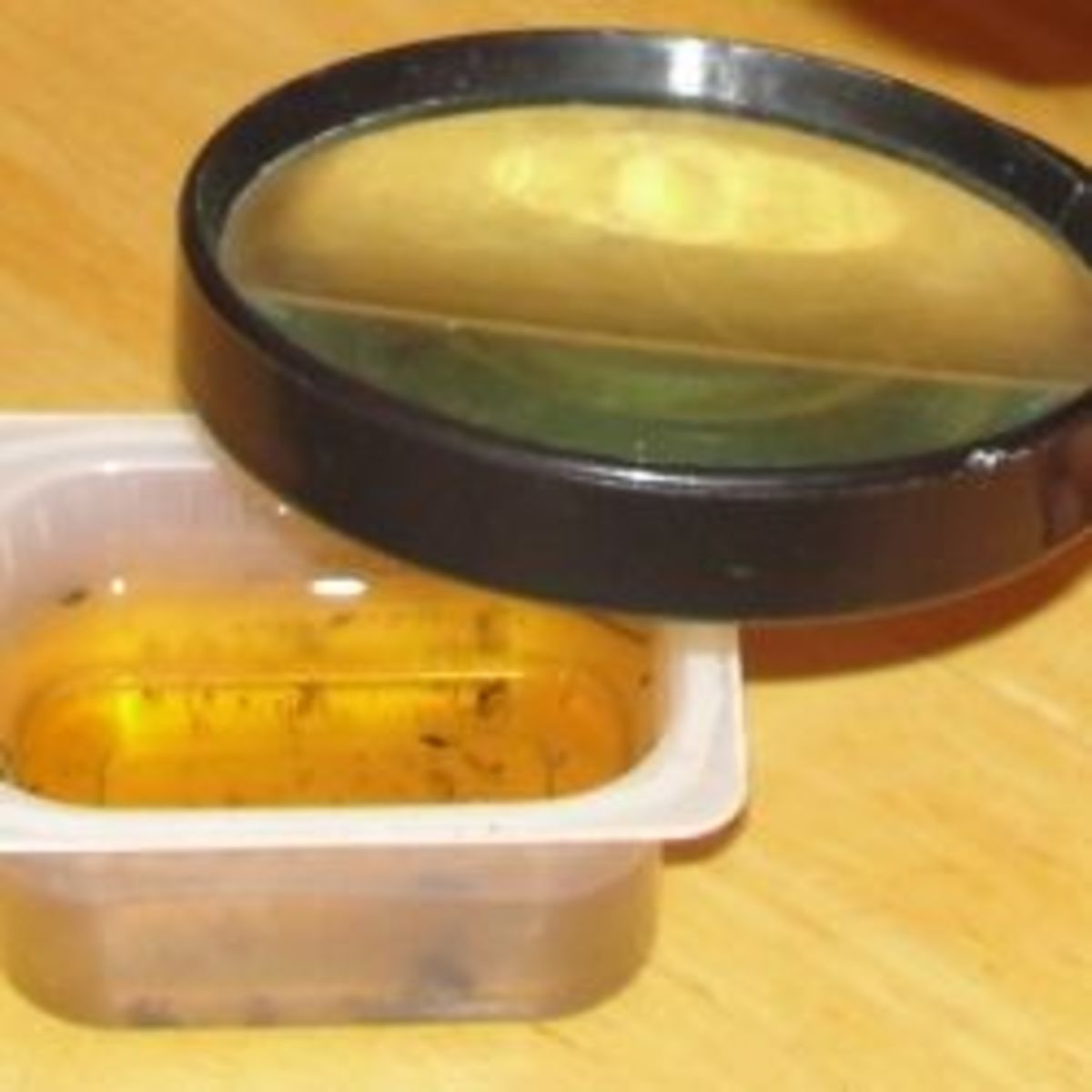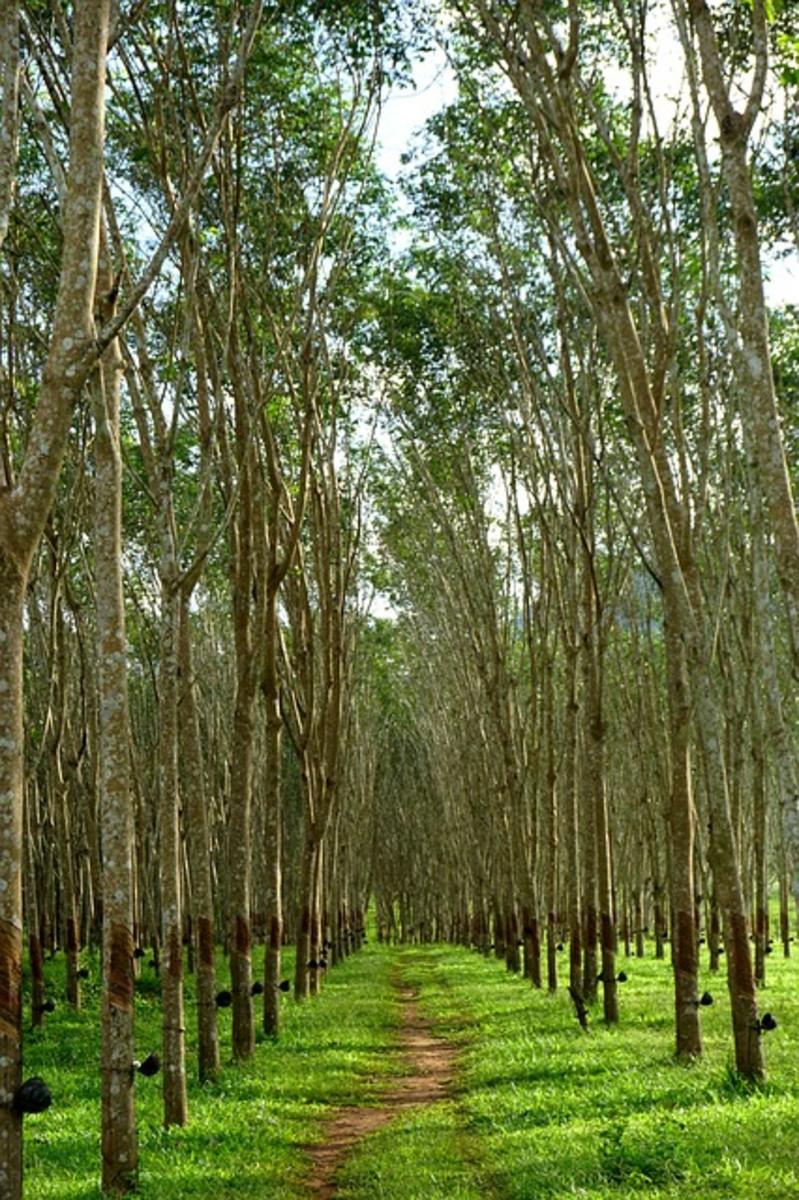Kingdoms-Plantae- Animalia- Six Kingdom Classifications
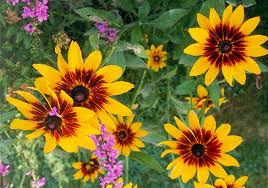
Kingdoms-Plantae:
It is the 4th kingdom in Whittaker's Classification. It includes all green eukaryotic plants. Still there are some parasites in it. So Biology is rightly called also as Science of Exception.
Some of the parasites are Rafflesia, Orobanche, Balanophora, Cuscuta, Loranthus, Striga, Santalum, Viscum. There are some photosynthetic plants depending on insects for proteins. They are called as insectivorous plants. e.g.: Nepenthes (Pitcher Plant), Dioenia (Venus fly trap), Drosera (Sundew) and Utricularia (Bladder wort). They show wide diversity in habit and habitat.
Mostly cell wall is made of cellulose and food is stored in the form of starch. Nutrition is by absorption Plantae include Algae, Bryophytes, Pteridophytes, Gymnosperms and Angiosperms.
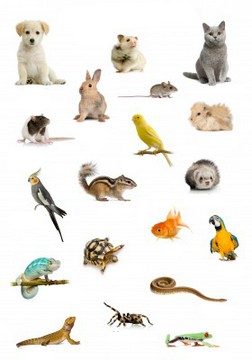
Kingdom-Animalia:
It is the fifth kingdom.
It includes multicellular animals.
Cell wall is absent. All are heterotrophic.
They depend on the plants for food either directly or indirectly. Nutrition is Holozoic. Digestion is extra cellular. Store food in the form of Glycogen. They show locomotion (Except sponges and corals)
Asexual reproduction occurs by budding in primitive animals (e.g.: Hydra)
Higher form show well developed sensory, Neuromotor and sexual reproduction.

Six Kingdom Classifications:
It was proposed by Carl Woese. Monera of Whittaker is replaced by 2 kingdoms, Bacteria and Archebacteria. The rest 4 kingdoms are common. The six kingdoms are
1. Bacteria
2. Archebacteria
3. Protista
4. Fungi
5. Plantae
6. Animalia
They are further grouped into 3 domains.
They are 1) Bacteria 2) Archaea 3) Eukarya
They commonly originated from a common ancestor called Progenote.
Carl Woese selected 16 S r-RNA (ribosomal RNA) to study their evolutionary relationship.
Arechaea and Eukarya more closely related to each other.
No Place in any kingdom
Lichens, Viruses, Viroids and Prions do not get a place in any kingdom of Whittaker or Carl Woese.
Lichens
These are composite plants.
A lichen consists a fungal partner and an algal partner.
The fungal partner gives protection, shelter, water and minerals to the algal partner. The algal partner gives food to fungal partner. Thus they live together with mutual help. It is called symbiosis. The fungal partner & algal partner are called Mycobiont and phycobiont respectively.

Lichens grow in the places where there is no pollution thus they are also called as pollution indicators. The study of lichens is called Lichenology.
Virus
It is ultramicroscopic, non-cellular, nuclei pertinacious, neither living nor non-living obligatory intracellular pathogenic parasite.
It bears both living and non-living characters.
Living characters
1. It has DNA or RNA
2. It shows replication
3. It shows mutation
Non-living Characters
1. It has no cellular organization
2. It has no metabolism
3. It can be crystallized
So virus is considered as connecting link between livings and non-livings.
Virus was discovered by Iwanowisky
The term virus was coined by Louis Pasteur.
The meaning of virus is poison or Venom
Nucleic acid part of virus is pathogenic.
Plant virus has RNA. e.g.: Tobacco Mosaic virus
Animal virus has DNA. e.g.: Smallpox virus. But HIV has RNA.
Bacteriophage has DNA e.g.: T4 Bacteriophage.
Virus is made of 2 parts.
1. Outer protein coat or capsid
2. Inner nucleic acid or core
No virus consists both DNA and RNA
Virus which infect bacteria are called Bacteriophages
Viroids
They were discovered by T.O. Diener (1971)
It consists Nucleic acid only. Hence it is called viroid.
It is smaller than virus.
e.g.: Potato Spindle Tuber disease. It is caused by viroid having RNA.
It is smaller than virus
Prion
It is smaller than virus.
It has protein part only.
Nucleic acid is absent.
The protein part is infections.
It was discovered by Pruisner, a Nobel Prize winner.
They cause diseases like scrapie and mad cow disease.
The Six Kingdoms of Life
You Might Also Like
- Cycle of Carbon, Nitrogen, Oxygen and Hydrogen
Innumerable kinds of plants and animals are found on earth which is different from each other in shape, size and structure. All these are basically made up of carbon, nitrogen, oxygen and hydrogen. - Mechanism of Photosynthesis
Did you ever heard of Match fixing in a cricket? We know that it is wrong. But if the process of photosynthesis is viewed as a game, we see that a match fixing takes place between the factors of photosynthesis to produce the end product called the gl

